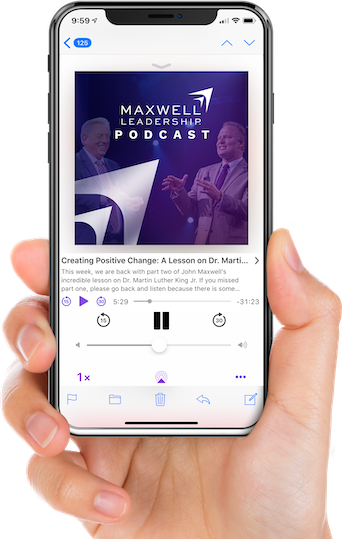5 Questions to Help Bridge the Intention/Perception Gap

As a leader, one of the fastest ways to increase influence with others is to improve how you communicate. More specifically, we need to improve how others perceive our communication. I first realized the challenge of being an effective communicator when I became a manager for the first time. I would have the best of intentions when I spoke with the people on my team about a sales effort we were involved in, but the reaction from people on the team could range from defensive to irritated.
What was happening in these situations is what we call the Intention/Perception Gap, and it can happen in almost every communication we have if we are not careful. The Intention/Perception gap occurs when your communication is perceived in a way that is not what you intended. It is the cause of the majority of our communication issues with others. If you have been married for more than an hour, you know exactly what I am talking about!
Why the Gap?
The reason the Intention/Perception gap occurs is that we each have a lens that we see life through. This lens is made up of our unique set of cultural identities, values, and experiences. When I say, “Cultural Identities,” I mean your age, race, gender, national origin, religion, and many other orientations that make you who you are. Based on this set of cultural identities, values, and experiences, we tell ourselves a story anytime we receive communication from someone else.
Bridging the Gap
I doubt it’s possible to completely eliminate the Intention/Perception gap in your communication with others, but I do believe you can reduce the gap with some intentional effort. Here are some questions you can ask yourself to narrow that gap and increase the effectiveness of your communication.
Question #1 – Am I SELF-AWARE of how others perceive my communication style? How do others see you? How do you affect people when you communicate? So much of communication is non-verbal. Before you ever open your mouth, people have a story running in their mind about you. You CANNOT assume that they “get you,” and they “know your motives,” they don’t.
For example:
You think you are They perceive you are
Confident Arrogant
Quiet Indecisive
Sensitive Needy
Pay attention to how people react to your communication. Notice the non-verbals. Do they ask questions for clarity, or immediately push back or defend themselves?
Question #2 – Am I Manipulating or Motivating in my communication? When we get in a hurry and when we have a lot going on, it is easy to shorten communication so that it is all about you and getting what you need to be done, done. This can be perceived as manipulative by others. When you can make your communication more about the team or the other person, and less about you, it is perceived as more motivating.
Question #3 – Am I Competing or Completing in my communication? Are you trying to win or be right? Or are you trying to help them, show you care for them, and build trust with them? People know this and will react accordingly. I always like to ask myself, what’s the purpose of this conversation? Am I trying to make myself look better or add value to the other person?
Question #4 – Am I balancing Care and Candor? Are you balancing straight talk with care for the person? If you are always showing care and there is no straight talk, then you are developing a dysfunctional relationship. On the other hand, if you are consistently delivering straight talk (candor) and never showing care, no one will want a relationship.
Question #5 – Am I communicating WHY? Thinking back to my experience communicating with my sales team, if I had just explained why I wanted to share feedback with them, they would have known that I really wanted to help them succeed and grow. Instead, my feedback came across to them as I didn’t think they were any good and that they had failed. Nothing could have been further from the truth.
Acknowledging that there is an Intention/Perception gap will go a long way to improving your communication with others. Being more intentional and asking yourself some of these questions will also help bridge the gap and increase your influence with those you lead.
As our teams leave their shelter in place and head back to their daily workspaces, the last thing we want as leaders during this crucial stage is to be ill perceived. To further develop your leadership skill set and positively enhance the culture of your team, consider Executive Coaching with The John Maxwell Company. We’re here when you are ready.
Perry Holley is a coach and facilitator with the John Maxwell Company’s Corporate Solutions Group as well as a published author. He has a passion for developing others and seeing people grow into the leaders they were intended to become.
More Articles

10 Practical Ways to Improve Your Listening as a Leader

Communicating with Clarity – A Leadership Development Game Changer









Be the first to comment on "5 Questions to Help Bridge the Intention/Perception Gap"